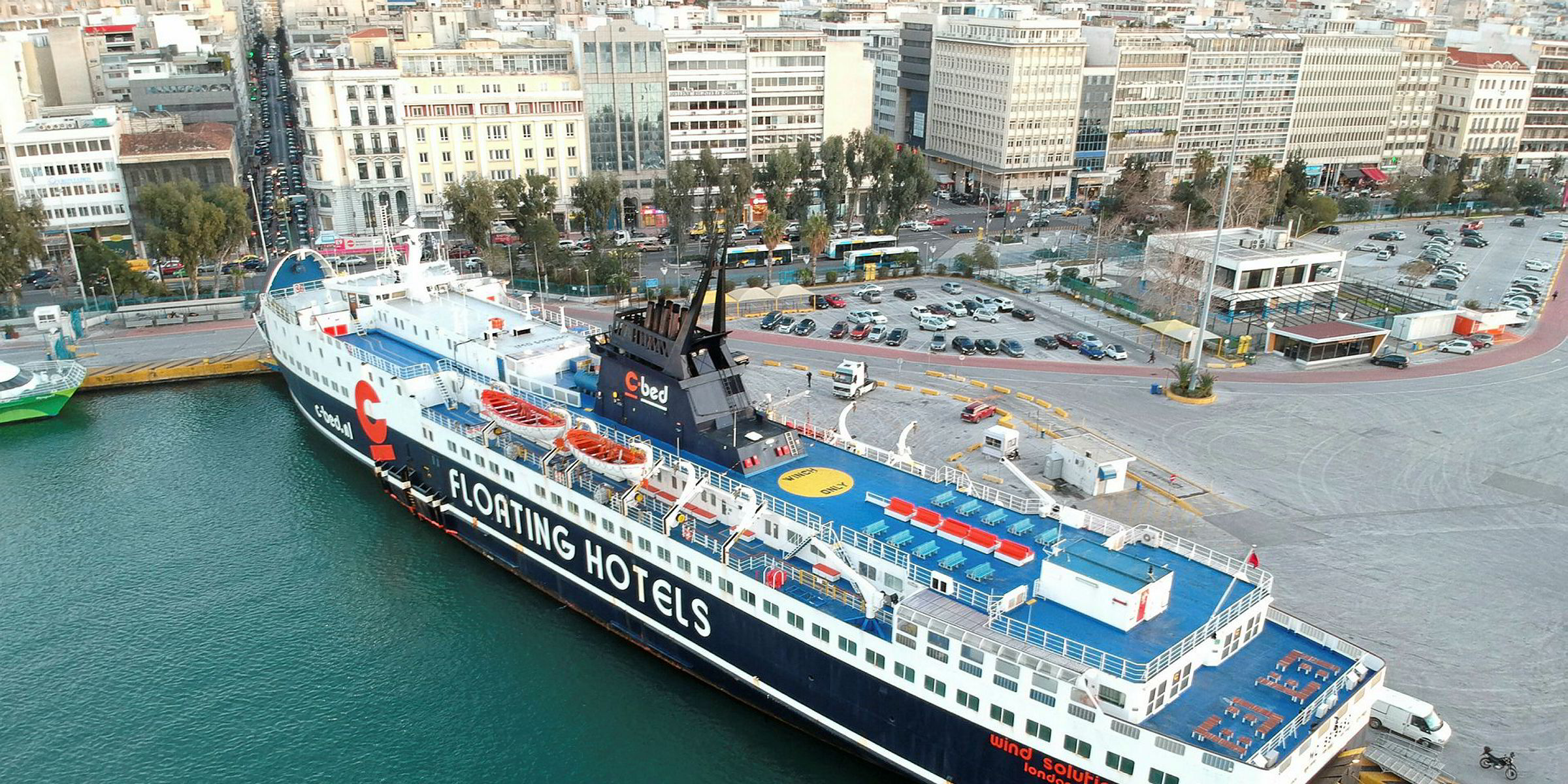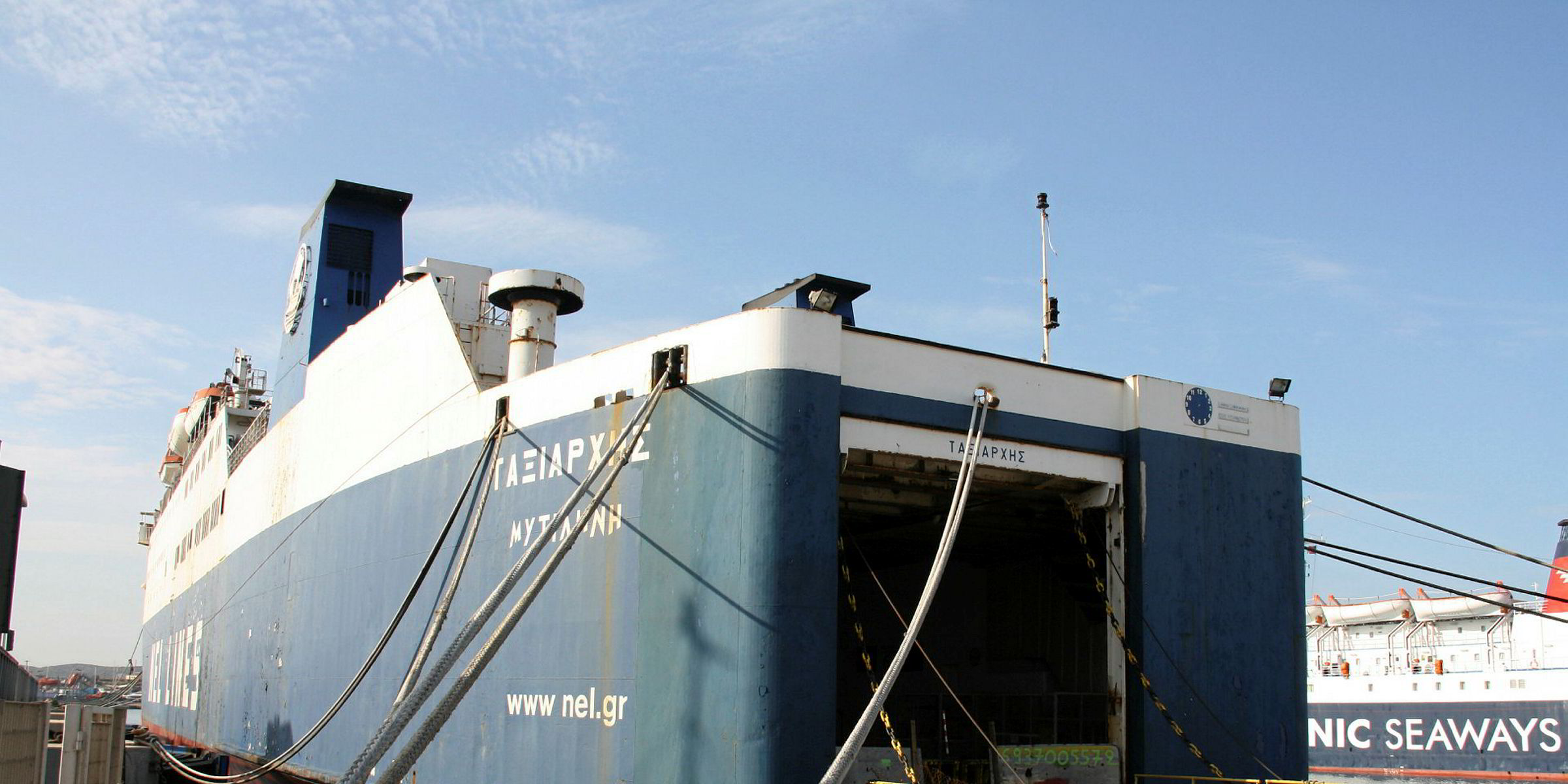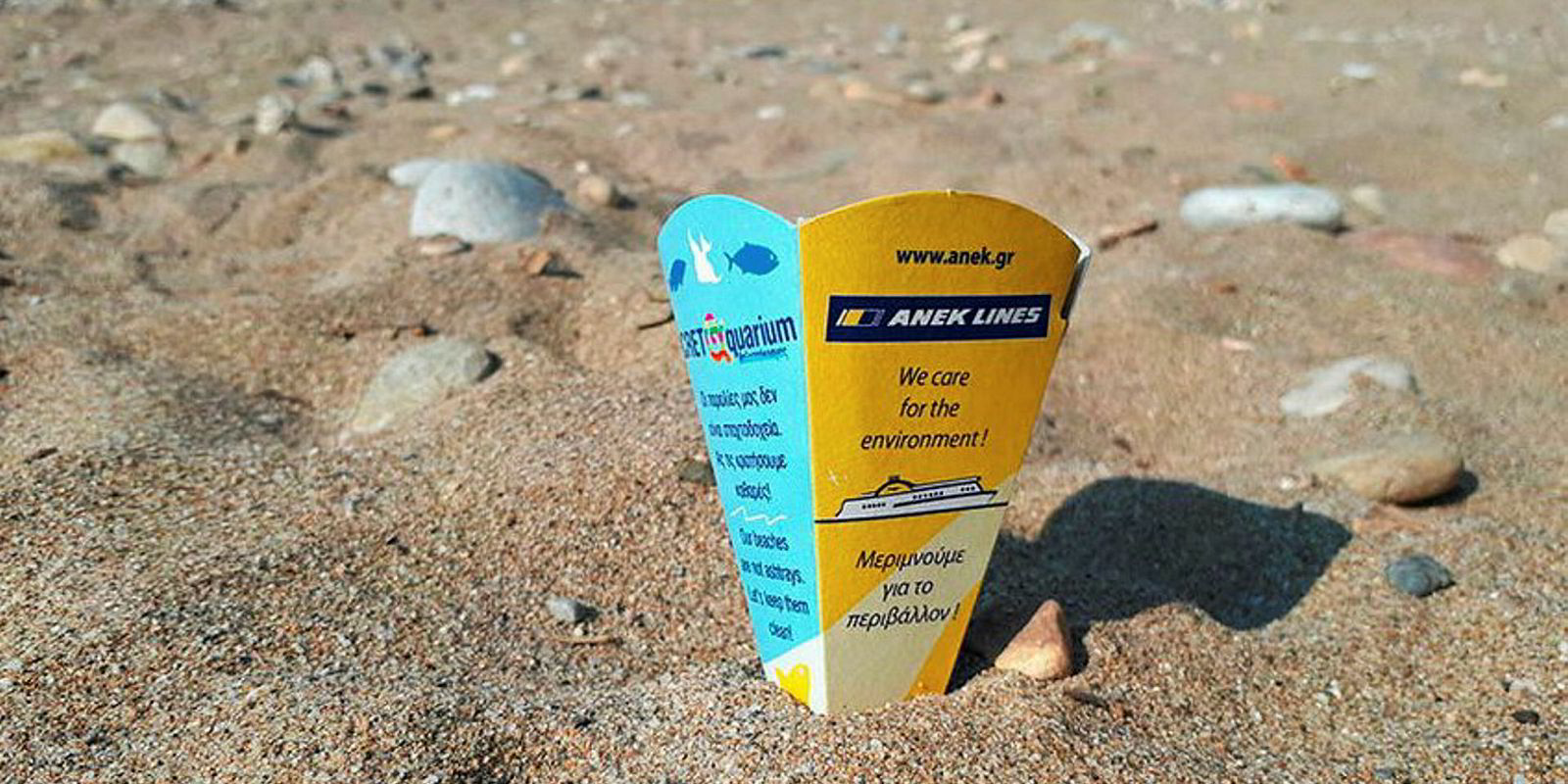More than a dozen ferries that were previously deemed only suitable for scrap due to their advanced ages or mechanical infirmities have found trading buyers in the Eastern Mediterranean over the past 12 months.
Most of these ships were built in the 1970s, with some even dating back to the 1960s. Almost all have been acquired by Greek interests and have required substantial refits to return them to service after spending a long time in lay-up.
The refit work has been keeping shipyards in the Perama shiprepair cluster near Piraeus busy. Many of these ships have required more than a quick refit and repaint as they have been purchased in a damaged condition or with known mechanical problems.
Yet the new owners have seen fit to pump large sums of cash into these ships that have limited lifespans and little residual value. The question is why?
The answer lies in Japan.
Since the 1980s, the Mediterranean ferry industry has sourced ferries from Japan.
Government incentives
Incentivised by government and trading houses, Japan’s ferry operators regularly replaced their ferries with newbuildings once they were 10 years old. As such, they were able to supply the Mediterranean market with a steady stream of economical, modern ships.
But that pipeline of tonnage has now dried up, following changes in the Japanese ferry industry and the removal of many of the incentives to keep the fleet modern. Japanese ferry operators today hold on to their tonnage for a lot longer.

The few modern ferries that do come on to the market are quickly snapped up by Chinese operators that are enjoying strong growth.
Chinese operators
Chinese companies can afford to pay higher prices as they are not required to rebuild the ships to the regulatory standards to make them suitable for European passengers and ports.
Greek observers tell TradeWinds that a similar situation is occurring in Northern Europe, which used to be the second source market for secondhand ships.
Ferry operators there are now putting older ships through life-extension refits rather than sell them off.
This is partly due to economic conditions, and partly because operators are evaluating ordering LNG-powered ships.
Therefore they are holding on to their existing tonnage while they ponder the form of their future ships.
More recent Northern European ferry newbuildings have also had greater emphasis placed on freight capacity rather than passenger accommodation, which also makes them unsuitable for the passenger-dominated services in the Aegean and Adriatic seas.
Small players
Other ferry industry sources note that the recent buyers of older ferries are small, privately-owned companies that lack the financial resources to buy, or build, new ships.
Many of these ships will operate in secondary, seasonal trades such as those between Italy and Albania, where competition is fierce and profit margins are slim.
For such buyers, there are still a fair number of old ferries available in the lay-up berths and anchorages of Greece. For example, many of the ships that previously made up the fleet of failed NEL Lines are coming up for auction.
Elsewhere, there are about a dozen or so old ferries laid up that could be revived should their owners’ financial problems be cleared up.






